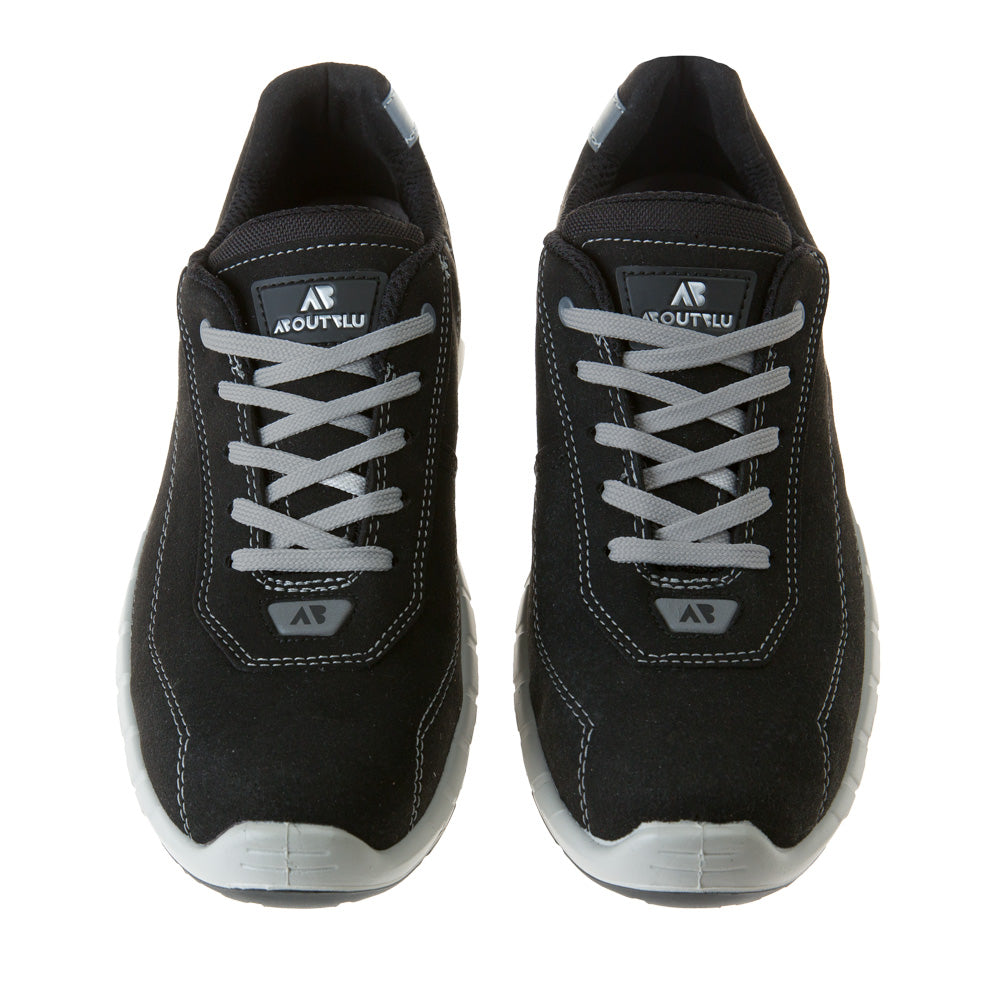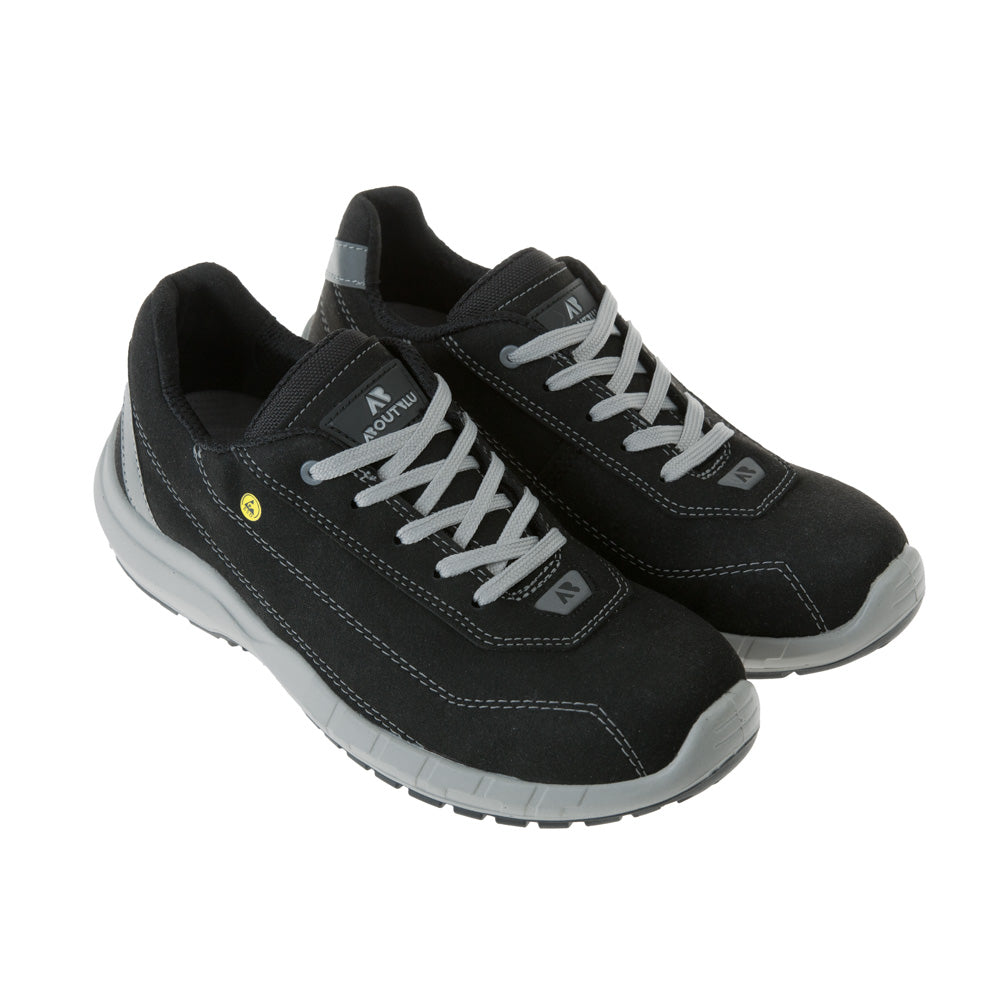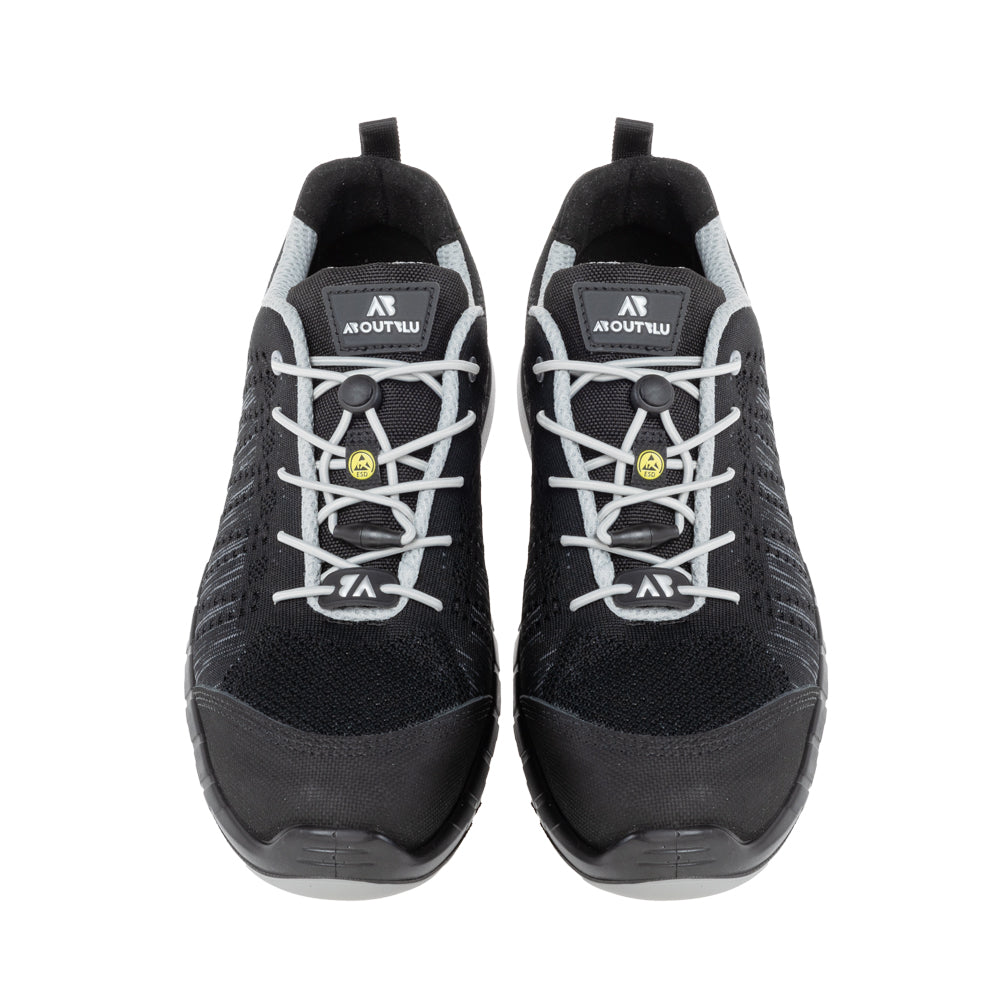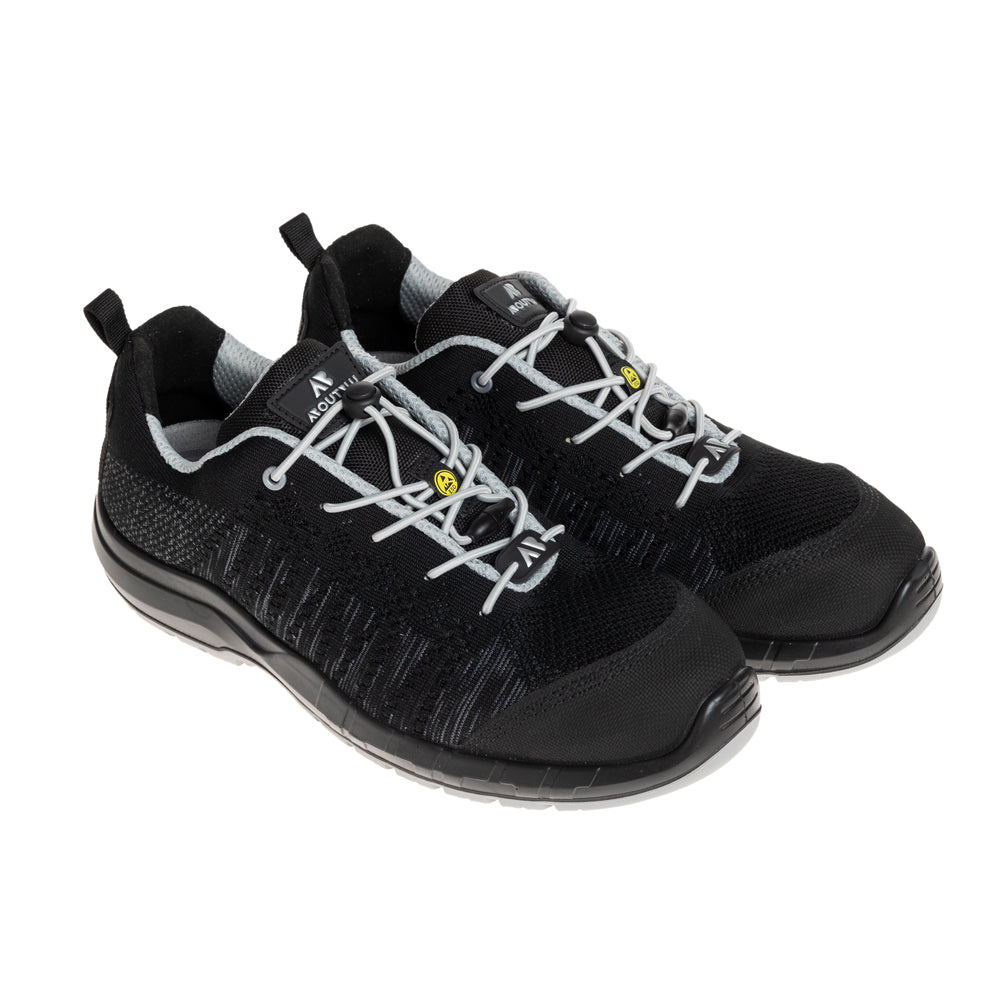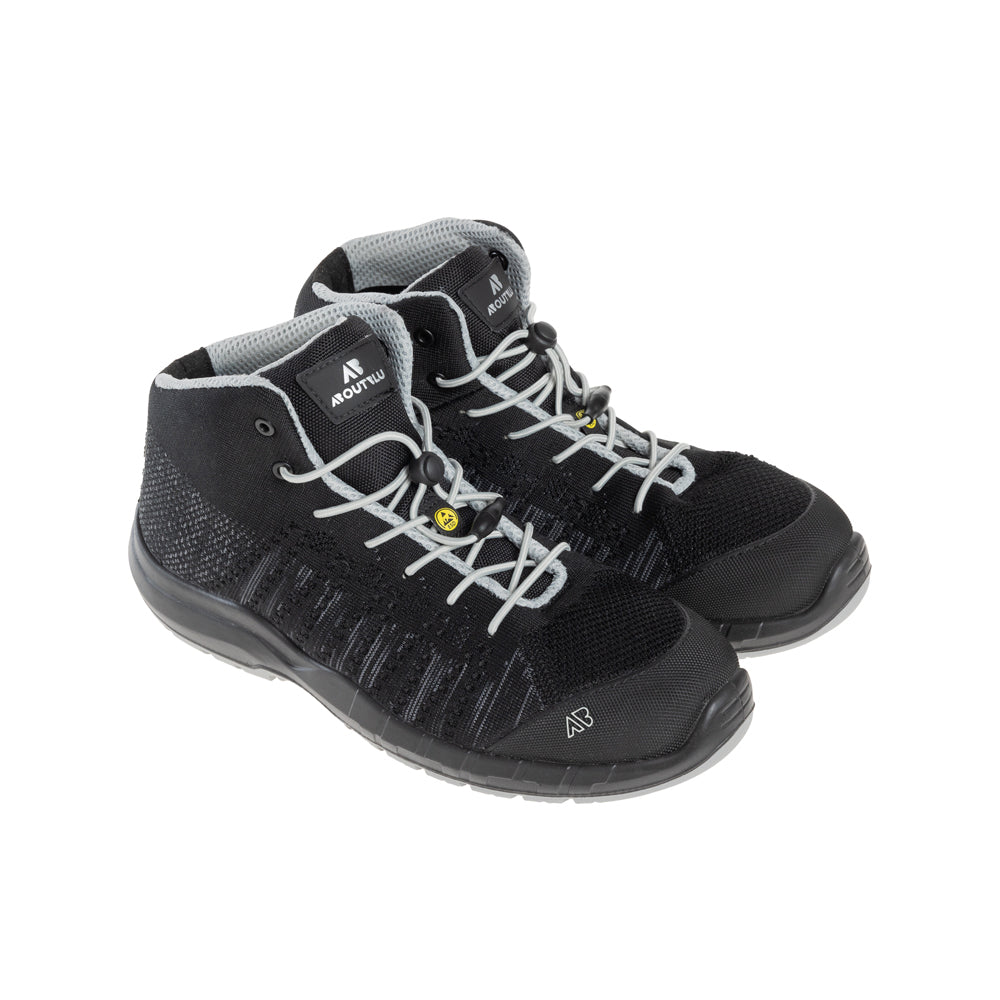Long shifts are tough on your feet—no surprise there. Whether you're laying bricks, moving stock, or overseeing a site, what you wear on your feet can either carry you through or completely wear you out. If you’ve ever gone home with aching arches or sore heels, then you already know how important a good pair of boots really is.
Two brands often seen side by side on construction sites and in warehouses are Timberland boots and CAT boots. Both have built reputations for being tough, durable, and reliable. But if you're doing long hours on your feet, which brand really pulls ahead?
We’ve taken a close look at some of their best-selling work boots to help you figure out which pair is worth the investment—and your shift.
First Things First: How Do They Feel?
Let’s be honest, if a boot isn't comfortable, it doesn't matter how safe it is. That initial fit and long-term comfort are dealbreakers.
Timberland BootsTimberland’s Splitrock XT is a solid example of their focus on comfort. They have a composite safety toe, cushioned EVA midsole, and shock-absorbing sole—all designed to help reduce fatigue during long shifts. You can check it out here.
The Switchback Safety Boot is another good shout if you're after something more athletic in feel. Lightweight and supportive, and they hold up well if you're on your feet all day but still need the protection of a proper work boot.
CAT BootsCAT boots are known for their rugged durability—and with good reason. The Powerplant SB Boot and Powerplant Dealer Boot offer solid support and long-lasting performance, becoming more comfortable with every wear as they mould to your feet.
For all-round reliability, the Striver S3 Boot stands out. With a steel toe, anti-static protection, and an energy-absorbing heel, it’s built to handle tough conditions while keeping you safe and comfortable throughout the day.
Verdict: Timberland boots edge this one, especially for comfort straight out of the box.How Do They Hold Up to the Job?
We all need boots that do more than just look the part. They’ve got to keep us safe too.
CAT Boots – All the Safety Boxes TickedCAT boots shine when it comes to site safety. The Striver, for example, is S3 rated, which means it’s not just about toe protection. It’s also anti-penetration, water-resistant, and slip-resistant—ideal for working outdoors or on risky surfaces.
Even the Dealer version of the Powerplant range, which is a pull-on style, manages to maintain a high safety rating without sacrificing ease of use.
Timberland Boots – Lighter But Still SafeTimberland might not go quite as hard on the heavy-duty specs, but they’re by no means lacking. Both the Splitrock XT and the Switchback offer solid protection with composite toes and outsoles that grip well even on greasy or wet surfaces.
Verdict: If you're working in harsher environments, CAT boots probably have the edge. But for general trade work, Timberland boots offer more than enough protection with less weight.Built to Last?
No one wants to be shopping for new boots every few months. The best work boots are the ones that just keep going.
Timberland – Strong, With a Bit of StyleYou’ll find premium leather uppers and waterproof construction on both models we looked at. They’re solidly built but still manage to look smart enough to wear off-site if needed.
CAT – Engineered for Hard GraftCAT boots are made to take a hammering. The materials are tough, the soles are rugged, and they’re clearly built with industrial settings in mind. If you need something that can cope with harsh conditions every day, this is your boot.
Verdict: CAT boots win for outright toughness and longevity, but Timberland boots hold up well too—especially in less punishing environments.Looks Aren’t Everything... But They Help
If you're switching between site work and meetings, or just prefer your gear to look good, style starts to matter.
-
Timberland boots have a cleaner, modern look. The Splitrock, in particular, wouldn’t look out of place in a smart casual setting.
-
CAT boots are more traditional, functional, and practical-looking. But the Dealer Boot has a bit of Chelsea boot influence that gives it subtle style points.
Bang for Your Buck
Let’s break it down: which brand gives you the most for your money?
-
CAT boots like the Striver pack serious features into an affordable price tag. If you’re looking for maximum protection for the price, they’re hard to beat.
-
Timberland boots are a little pricier, but offer comfort-focused features that reduce fatigue and give your knees and back a break during long shifts.
Final Thoughts: Which Is Best for Long Shifts?
It depends on the kind of shift you’re working. If you're walking miles every day, moving between job sites, or working indoors on concrete, Timberland boots are hard to beat. They’re lighter, more flexible, and easier on your feet over long hours.
But if your work throws everything at you—mud, rain, steel, grit—and your boots take a daily beating, then CAT boots are the more durable choice.
Honestly, there’s a strong case for having both pairs in your kit. One for when you need support and flexibility, and one for when you're going full beast mode on the job.
Featured Boots from the Review
Timberland Boots:
CAT Boots:
Still Not Sure?
If you're stuck deciding between CAT boots and Timberland boots, ask yourself what your day really demands. Do you want your boots to feel like trainers but act like armour? Go Timberland. Do you need gear that laughs in the face of concrete dust and falling tools? Go CAT.
Whatever you pick, both brands bring serious game to the world of workwear—and your feet will thank you either way.





